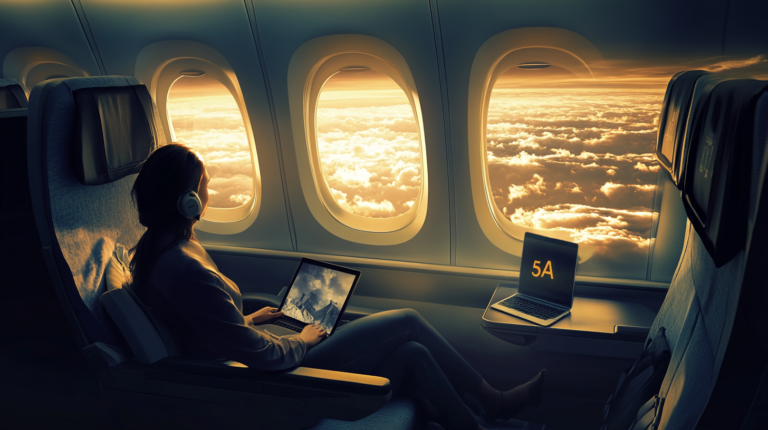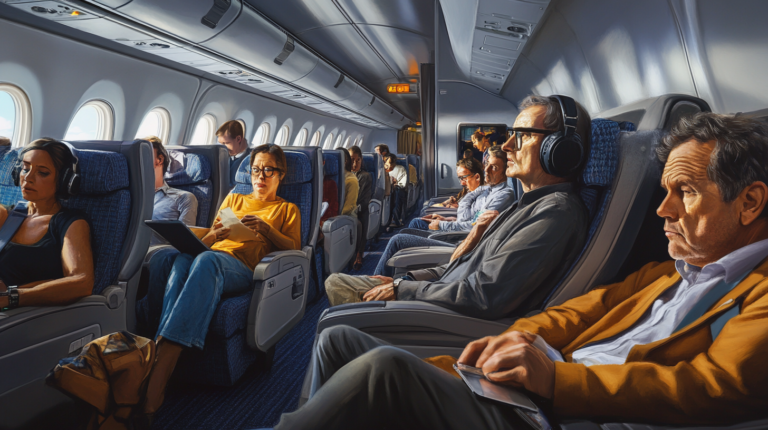Tracking Your Luggage: The Ultimate Guide to the Best Luggage Trackers
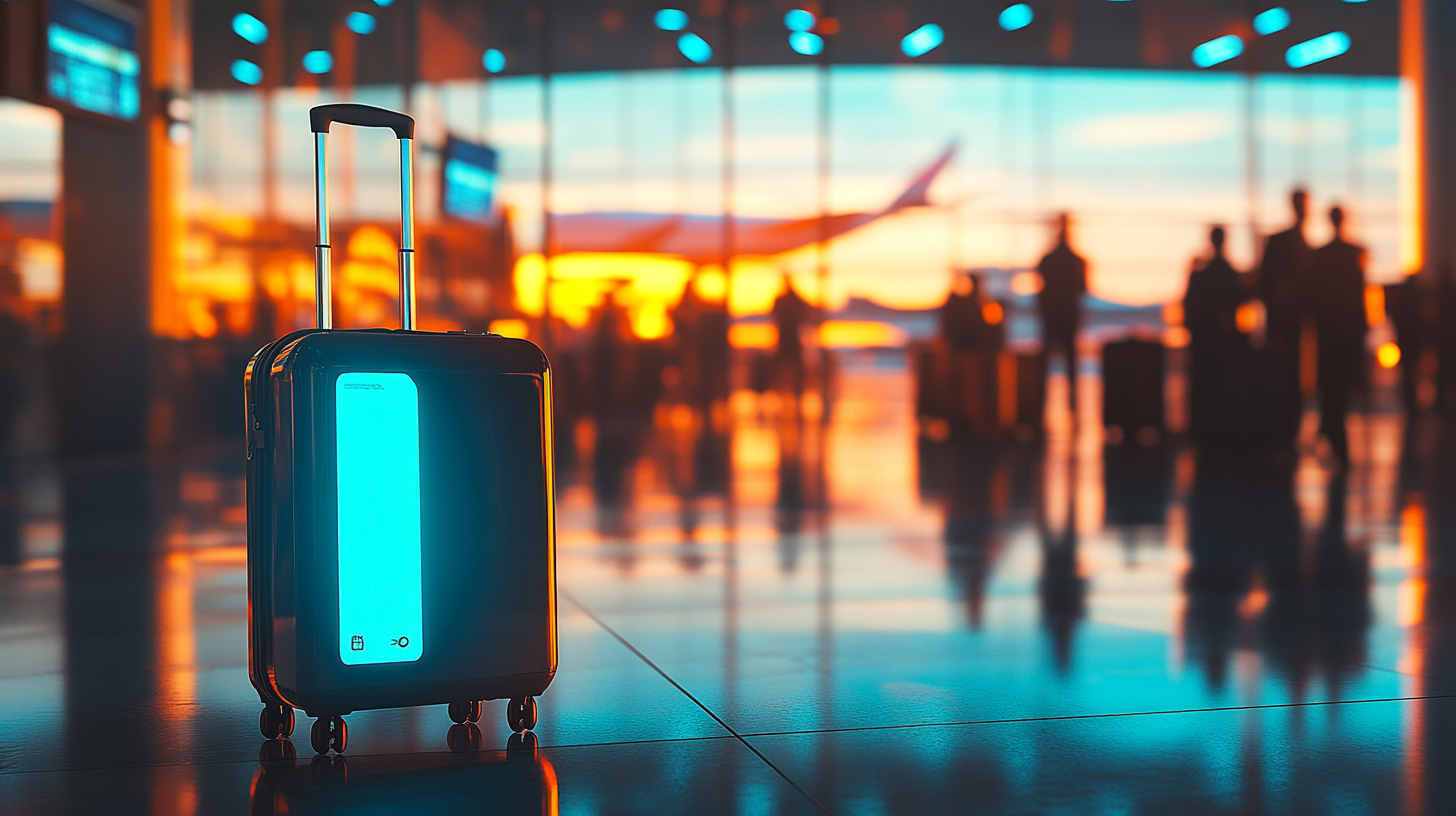
Traveling should be an exciting adventure filled with new experiences and unforgettable memories. However, the anxiety of lost or delayed luggage can quickly dampen the joy of exploration. Imagine arriving at your dream destination only to discover that your suitcase, packed meticulously with all your essentials, didn’t make the journey with you. It’s a travel nightmare that, according to recent airline industry reports, affects thousands of passengers every year. In fact, with nearly 238,000 bags mishandled in May 2023 alone, the need for reliable luggage tracking solutions has never been greater. This is where luggage trackers come into play, offering peace of mind by allowing you to monitor your belongings throughout your journey in real-time. In this comprehensive guide, we’ll delve into the best luggage trackers available, their standout features, and how they can significantly enhance your travel experience.
Understanding Luggage Trackers: Bluetooth vs. GPS/Cellular
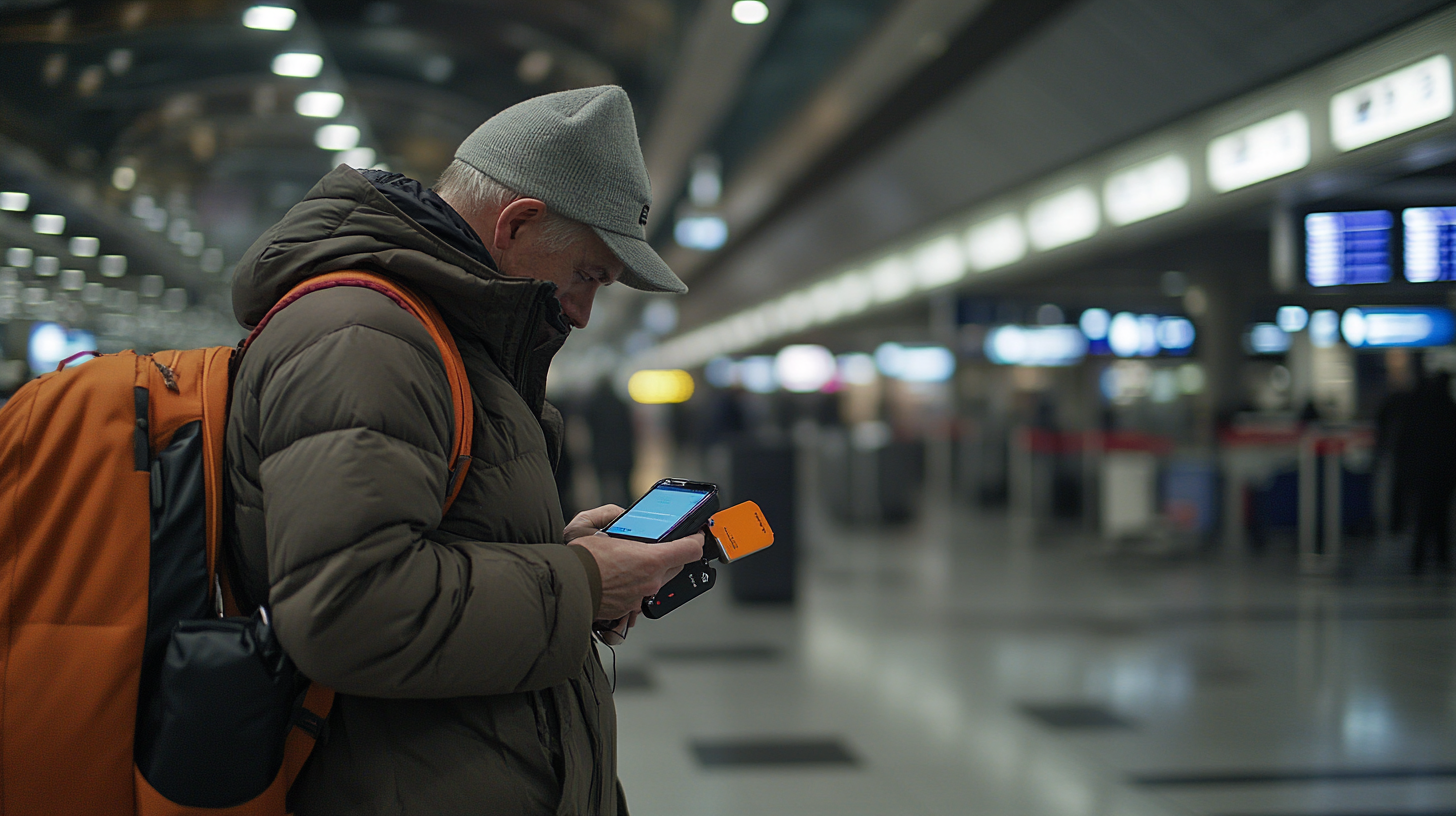
Luggage trackers generally fall into two main categories: Bluetooth trackers and GPS/Cellular trackers. These devices utilize different technologies to keep tabs on your belongings, and understanding the differences between them is crucial in selecting the device that best suits your needs. By knowing how each one operates, you can choose a tracker that aligns with your travel habits and provides the level of tracking precision you require.
Bluetooth Trackers
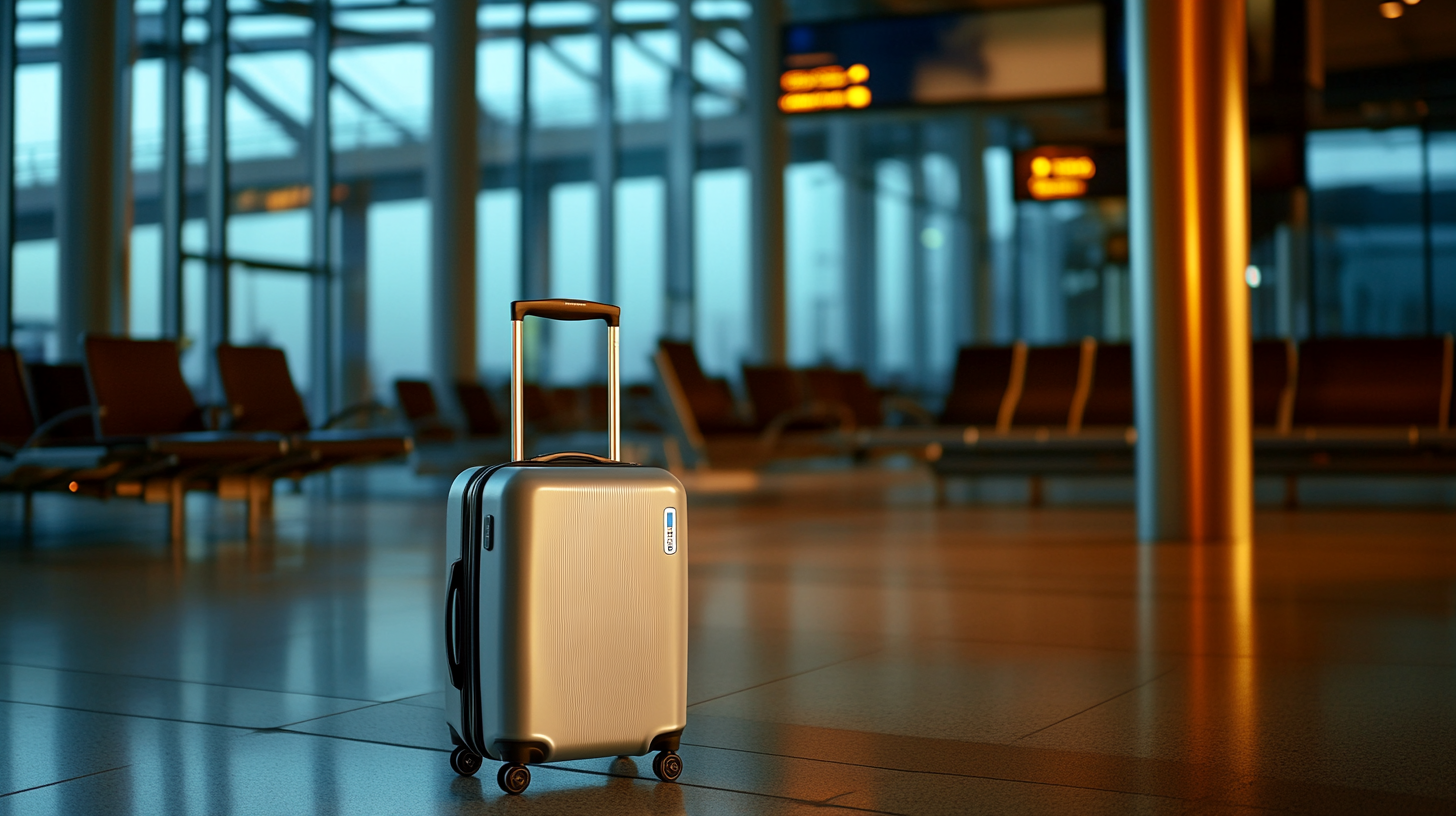
Bluetooth trackers rely on proximity to your smartphone or connected devices, using short-range wireless signals to communicate their location. They are often integrated with apps like Apple’s Find My or Tile’s platform, which leverage vast networks of devices to help locate your tracker even when it’s not in immediate range. For example, if your luggage with a Bluetooth tracker is misplaced at a busy airport, the tracker can anonymously connect with other nearby smartphones running the same app to update its location. While they offer precise tracking within a certain range—typically around 200 to 400 feet—they depend on the network of nearby devices to locate your luggage when it’s out of range. This means their effectiveness can vary depending on the density of devices in the area. Notable Bluetooth trackers include devices like the Apple AirTag and Tile Pro, which capitalize on extensive user networks to enhance tracking capabilities. Understanding the nuances of these trackers can be further explored in Comparative Analysis of Top Bluetooth Luggage Trackers .
GPS/Cellular Trackers
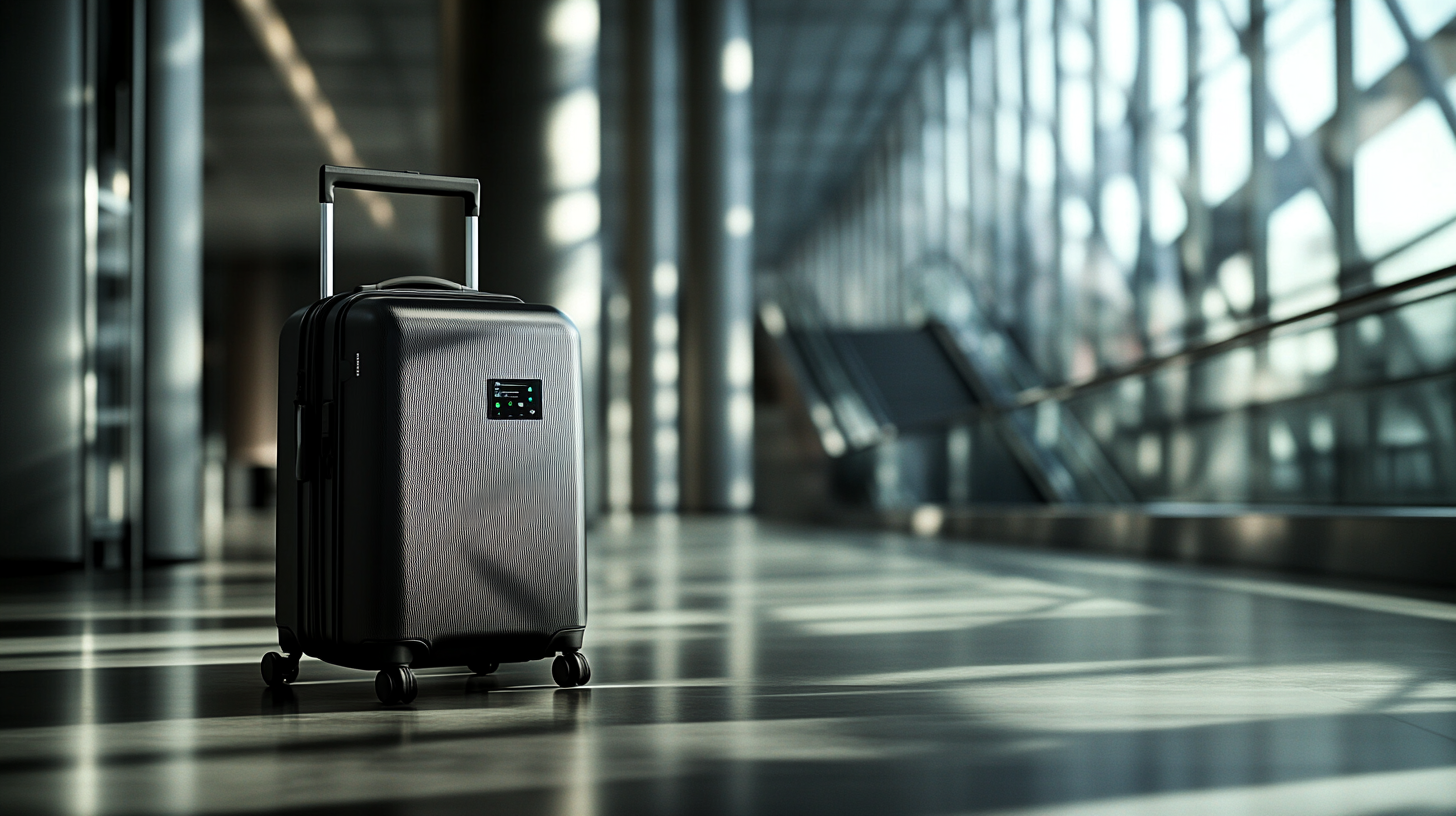
GPS or Cellular trackers provide global tracking capabilities by using satellite signals and cellular data to pinpoint the exact location of your luggage anywhere in the world. Unlike Bluetooth trackers, they don’t rely on nearby devices, making them ideal for long-distance tracking across international borders. This means that even in remote areas where there are few smartphones or devices around, GPS trackers can still transmit location data via satellite or cellular networks. However, this advanced functionality often comes with the need for a subscription to maintain connectivity, covering the costs of data usage on cellular networks. Examples of such devices include the Tracki GPS Tracker Review , known for its compact design and real-time tracking, and the LandAirSea GPS Tracker Features , which offers detailed tracking history and geofencing capabilities. For instance, if your luggage is mistakenly sent to a different country, a GPS tracker can provide its exact location, regardless of proximity to other devices.
Top Luggage Trackers Reviewed
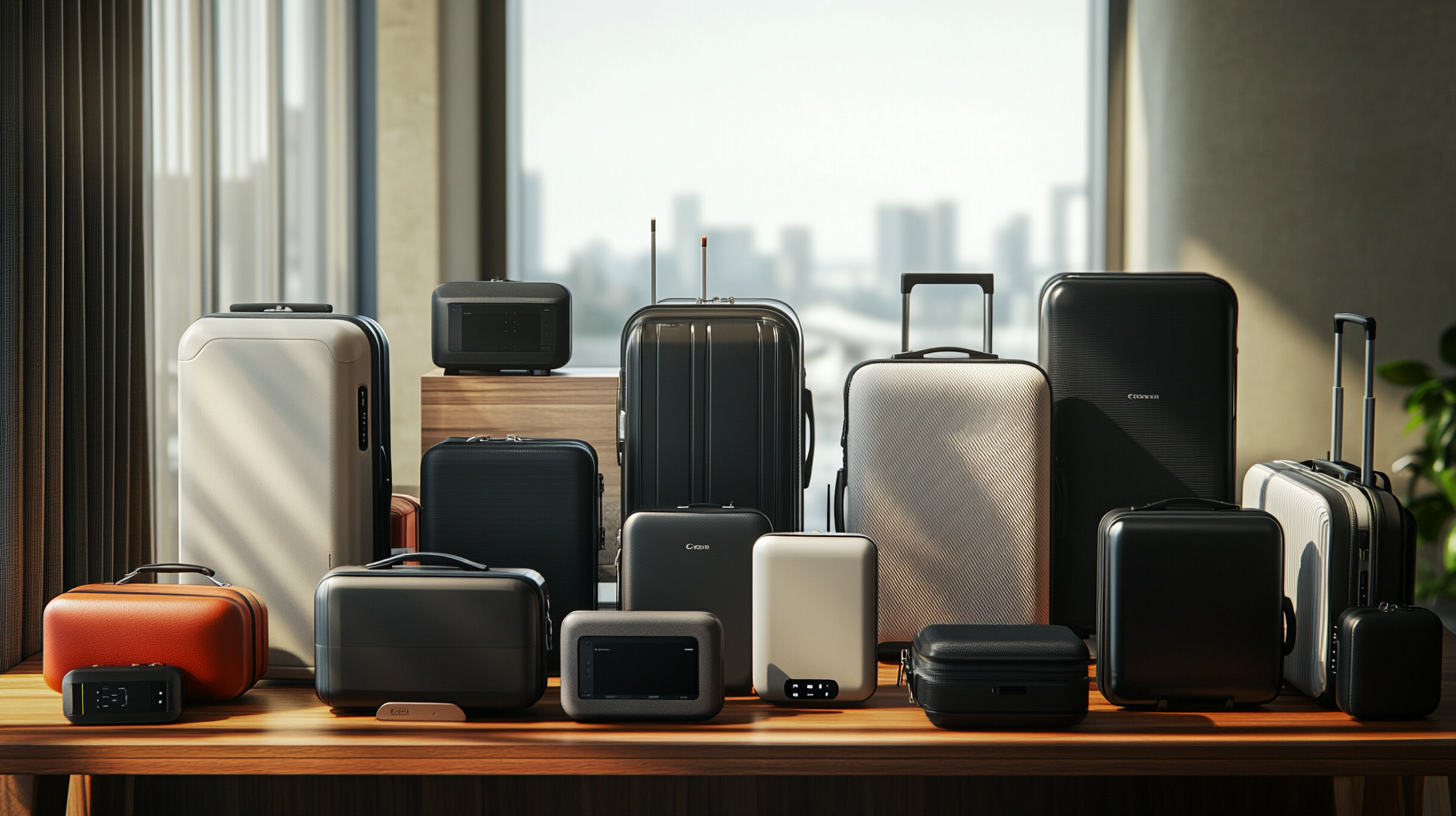
We’ve compiled a list of top-performing luggage trackers based on criteria such as accuracy, convenience, battery life, durability, and overall user experience. Each device was rigorously tested across various flights and destinations, including international and domestic travel scenarios, to provide real-world insights. Our evaluations considered factors like ease of setup, responsiveness during tracking, and the reliability of the device in different environments. By sharing these findings, the goal is to help you make an informed decision on the best luggage tracker to suit your travel needs.
Apple AirTag
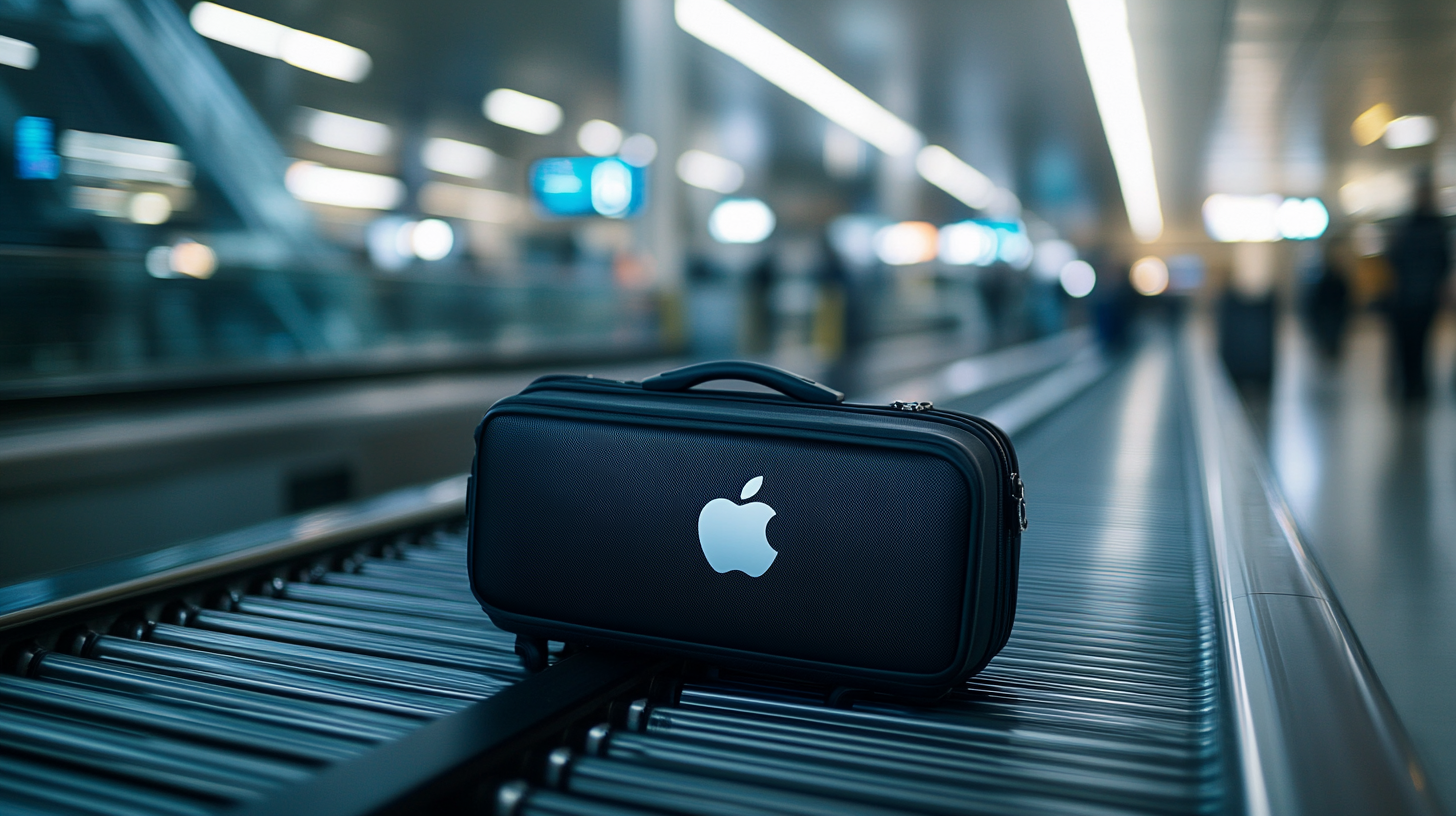
The Apple AirTag stands out for its exceptional long-distance tracking capabilities, leveraging Apple’s vast Find My network, which consists of over a billion devices worldwide. During testing, the AirTag provided precise location updates, even when the luggage was thousands of miles away, thanks to the strength of Apple’s device network. For instance, when traveling from New York to Tokyo, the AirTag accurately displayed the suitcase’s location at each layover and upon arrival. Ideal for iOS users, the AirTag impressed with its user-friendly setup and seamless integration with Apple devices. However, it occasionally sends alerts to nearby iPhones about an unknown AirTag traveling with them, which could cause confusion. Additionally, it lacks a built-in keyring loop, necessitating additional accessories for attachment, such as a luggage tag or keychain holder. For a comprehensive guide on enhancing travel security with AirTag, see Maximizing Apple AirTag for Secure Travel .
- Strengths: Precise tracking, extensive network coverage, seamless integration with iOS devices, user-friendly setup.
- Weaknesses: Occasional alerts to others, no keyring loop included, requires iOS device for full functionality.
Eufy SmartTrack Link
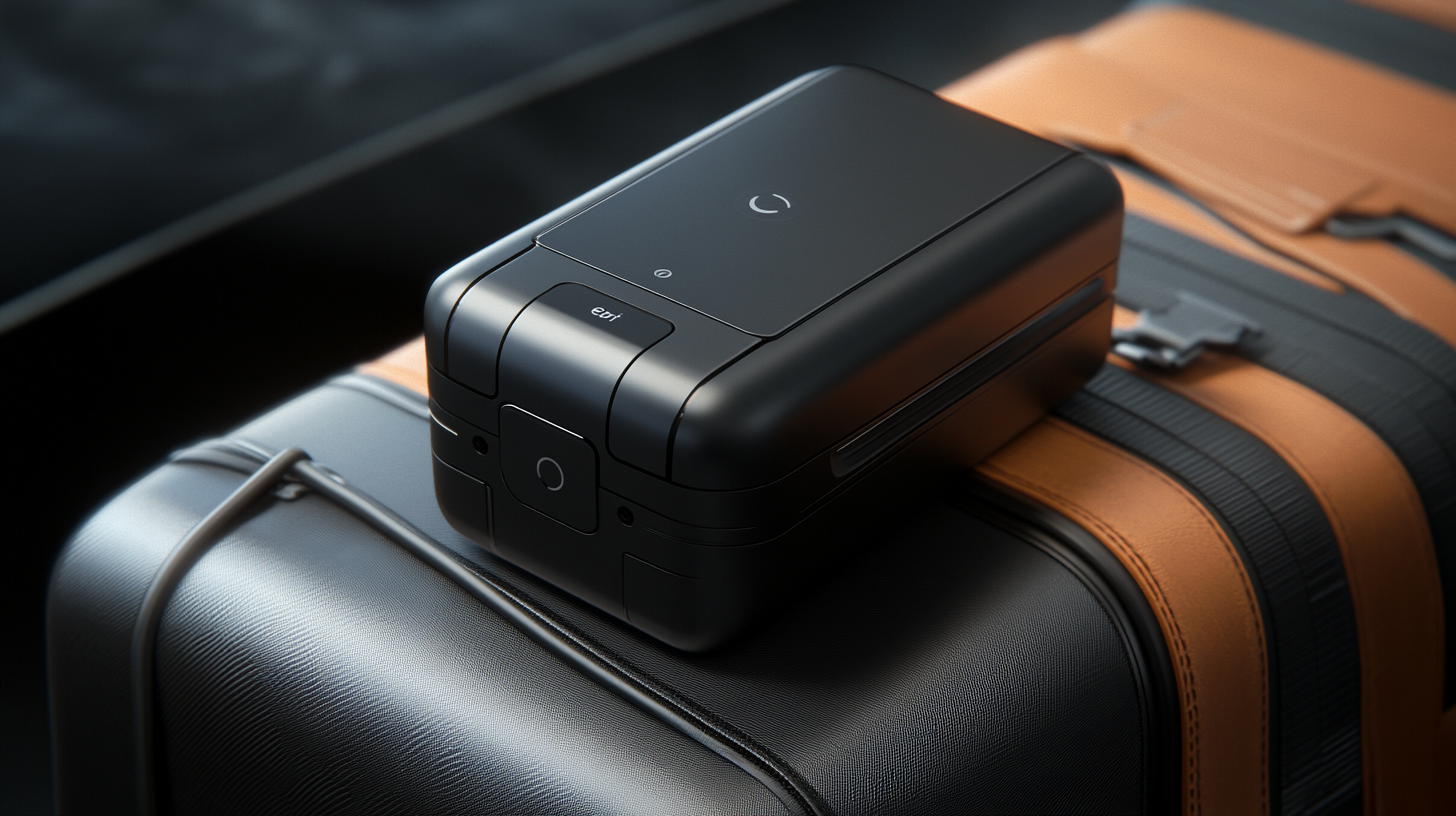
The Eufy SmartTrack Link offers seamless integration with Apple devices, operating within the Find My network similar to the AirTag. During testing, the SmartTrack Link provided accurate location updates and was easy to set up. One standout feature is the inclusion of a QR code on the device, which can be scanned by anyone who finds your lost item, displaying your contact information if you choose to share it. This adds an extra layer of utility by facilitating direct communication between the finder and the owner, potentially speeding up the recovery of lost luggage. For example, if your bag is misplaced in a hotel lobby, a staff member can scan the QR code to notify you immediately. Further details can be found in Eufy SmartTrack Link Detailed Review and Usage Tips .
- Strengths: Accurate tracking, QR code feature for contact info, user-friendly interface, integrates with Find My network.
- Weaknesses: Best suited for iOS users, limited functionality with Android devices.
Tile Pro
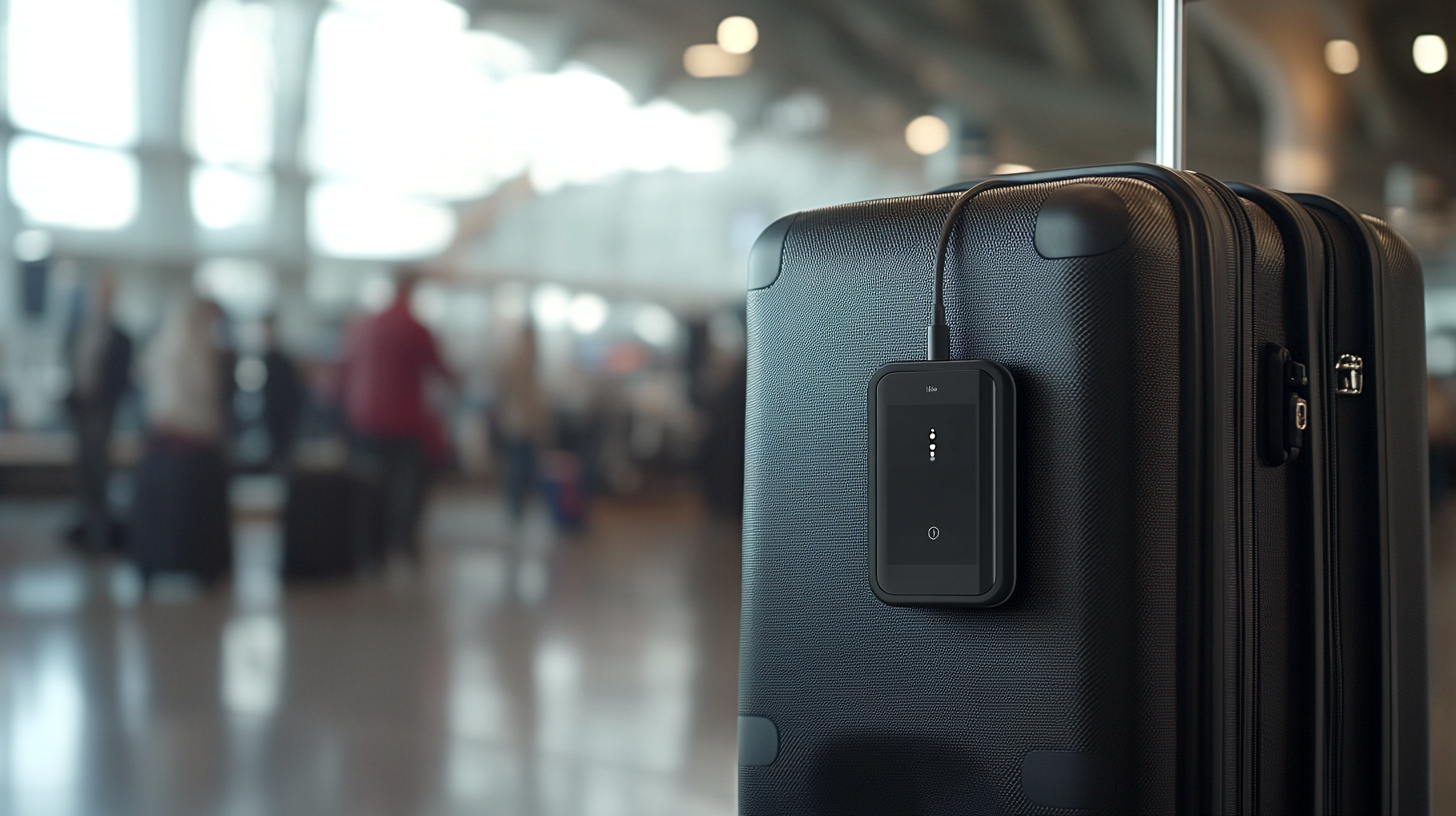
The Tile Pro is noted for its robust Bluetooth range of up to 400 feet, making it one of the most powerful Bluetooth trackers on the market. Its loud siren feature helps you locate your luggage in crowded spaces, such as busy airports or train stations, by emitting a loud alert when triggered from the app. Compatible with both iOS and Android devices, the Tile Pro offers versatility across platforms, making it a suitable choice regardless of your preferred smartphone. During testing, the Tile Pro was effective in scenarios like locating a misplaced bag in a bustling hotel lobby, where the audible alert guided us directly to the item. However, some of its premium features, such as smart alerts and location history, require a subscription to Tile’s premium plan, which may be a consideration for budget-conscious travelers. For more information on maximizing the use of Tile Pro without a subscription, refer to Optimizing Tile Pro Features for Travelers .
- Strengths: Wide Bluetooth range, loud alert siren, cross-platform compatibility, user-friendly app.
- Weaknesses: Premium features behind a subscription, slight lag in tracking updates compared to GPS trackers.
Samsung SmartTag
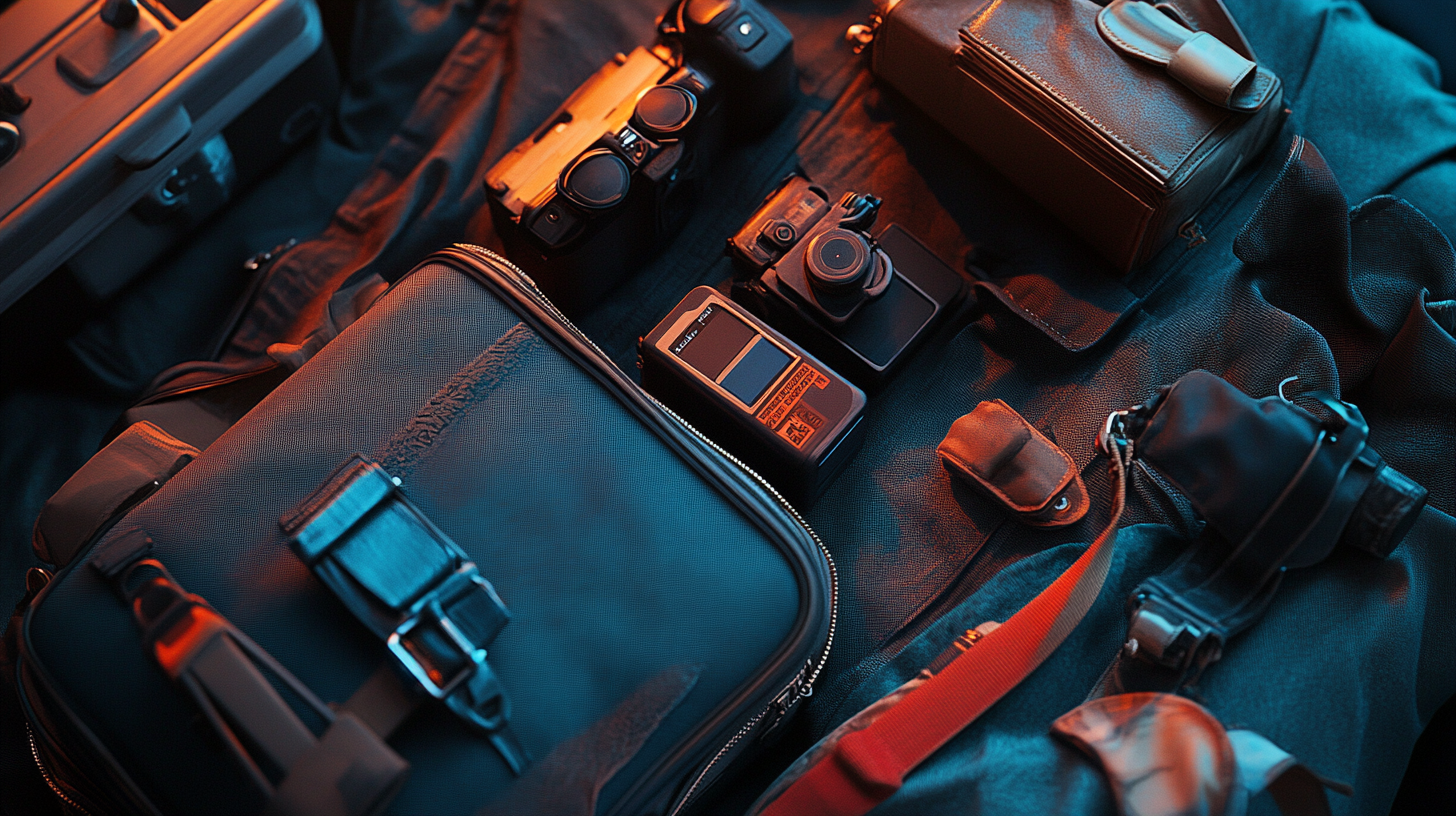
The Samsung SmartTag is tailored for Samsung Galaxy users, offering solid tracking within its proprietary network. It supports Bluetooth tracking and integrates seamlessly with Samsung’s SmartThings app. During testing, it provided reliable location updates within a reasonable range. However, testers found its refresh rate to be slower compared to other devices, and its functionality is limited to the Samsung Galaxy ecosystem, excluding users of other Android devices. An in-depth look at its capabilities can be found in Samsung SmartTag Features and Limitations .
- Strengths: Good compatibility with Samsung devices, easy integration with SmartThings, straightforward setup.
- Weaknesses: Slower refresh rate, limited to Samsung Galaxy ecosystem, less effective in areas with fewer Samsung devices.
Knog Scout
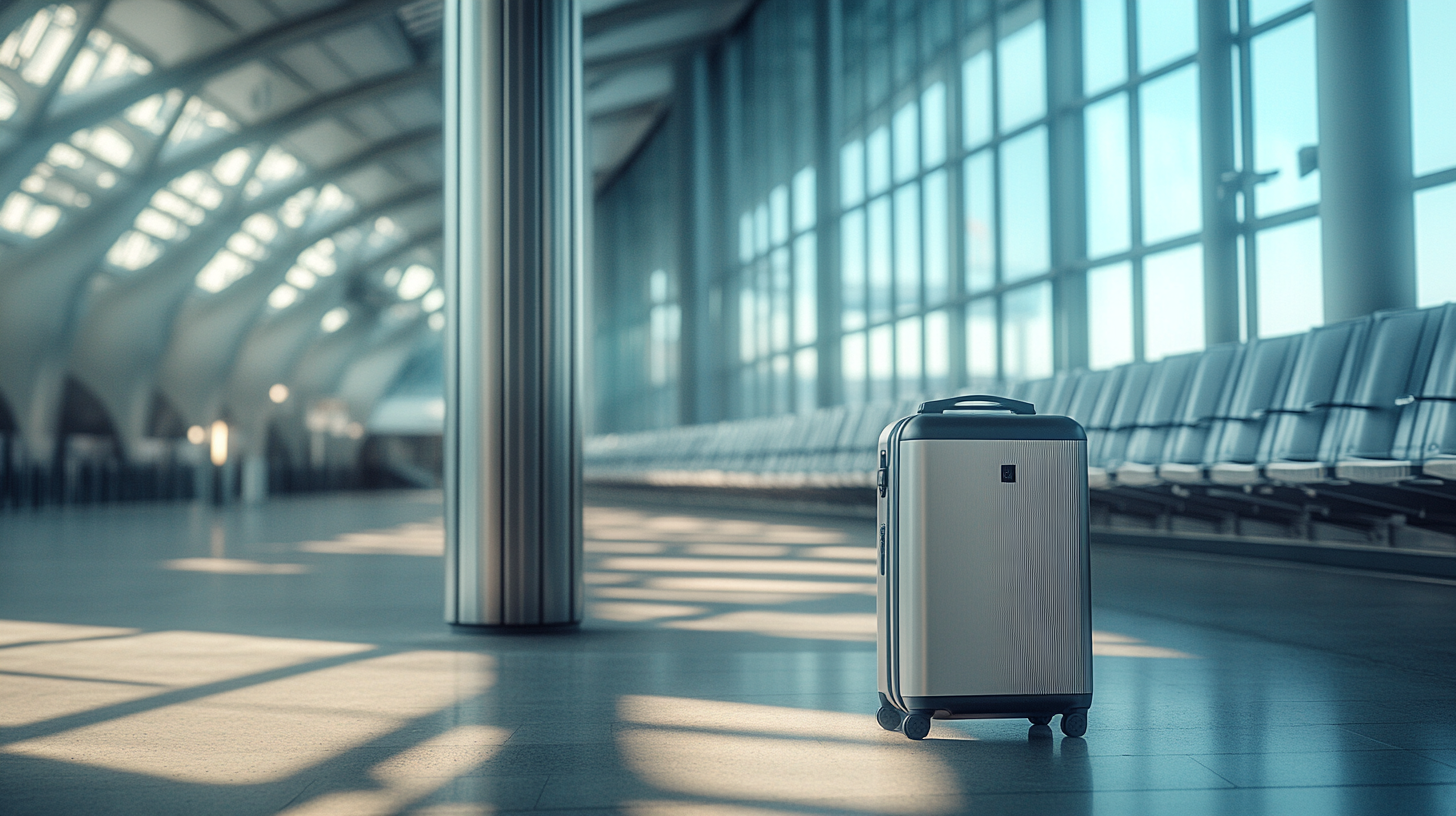
Known for its accuracy, the Knog Scout performed well in tests across different destinations. It operates using Bluetooth technology and includes a motion-sensitive alarm system, adding a layer of security by alerting you if your luggage is moved without your knowledge. This feature is particularly useful when you need to leave your bags unattended for short periods. The Knog Scout is also designed to work as a bike security system, showcasing its versatility. Further information is available in Exploring Knog Scout’s Security Features for Travelers .
- Strengths: Accurate location tracking, motion-sensitive alarm, versatile use.
- Weaknesses: Less widely known, may have limited support resources, compatibility details specific to certain devices.
Chipolo Tracker
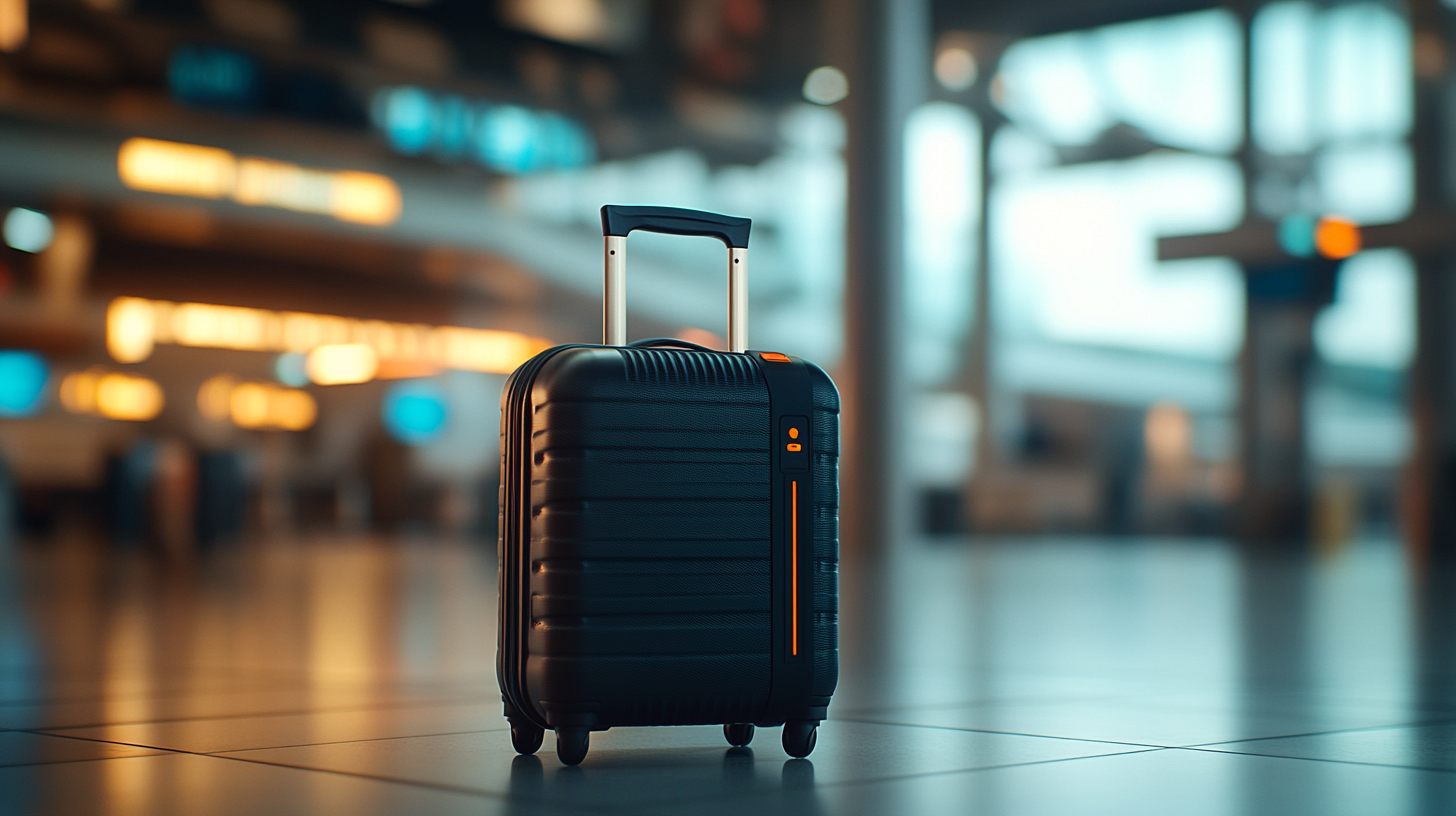
The Chipolo Tracker offers reliable tracking capabilities and is known for its loud ring feature, which aids in locating items nearby. It supports both iOS and Android platforms, providing flexibility for users. However, it has a more limited range compared to other devices, making it suitable for those who require basic tracking without extensive range demands. If your primary need is to keep track of items within close proximity, the Chipolo Tracker is a practical choice. For tips on effectively using this device, see Maximizing the Chipolo Tracker for Everyday Use .
- Strengths: User-friendly, loud ring feature, cross-platform compatibility.
- Weaknesses: Limited range, fewer advanced features compared to competitors.
Tile Slim
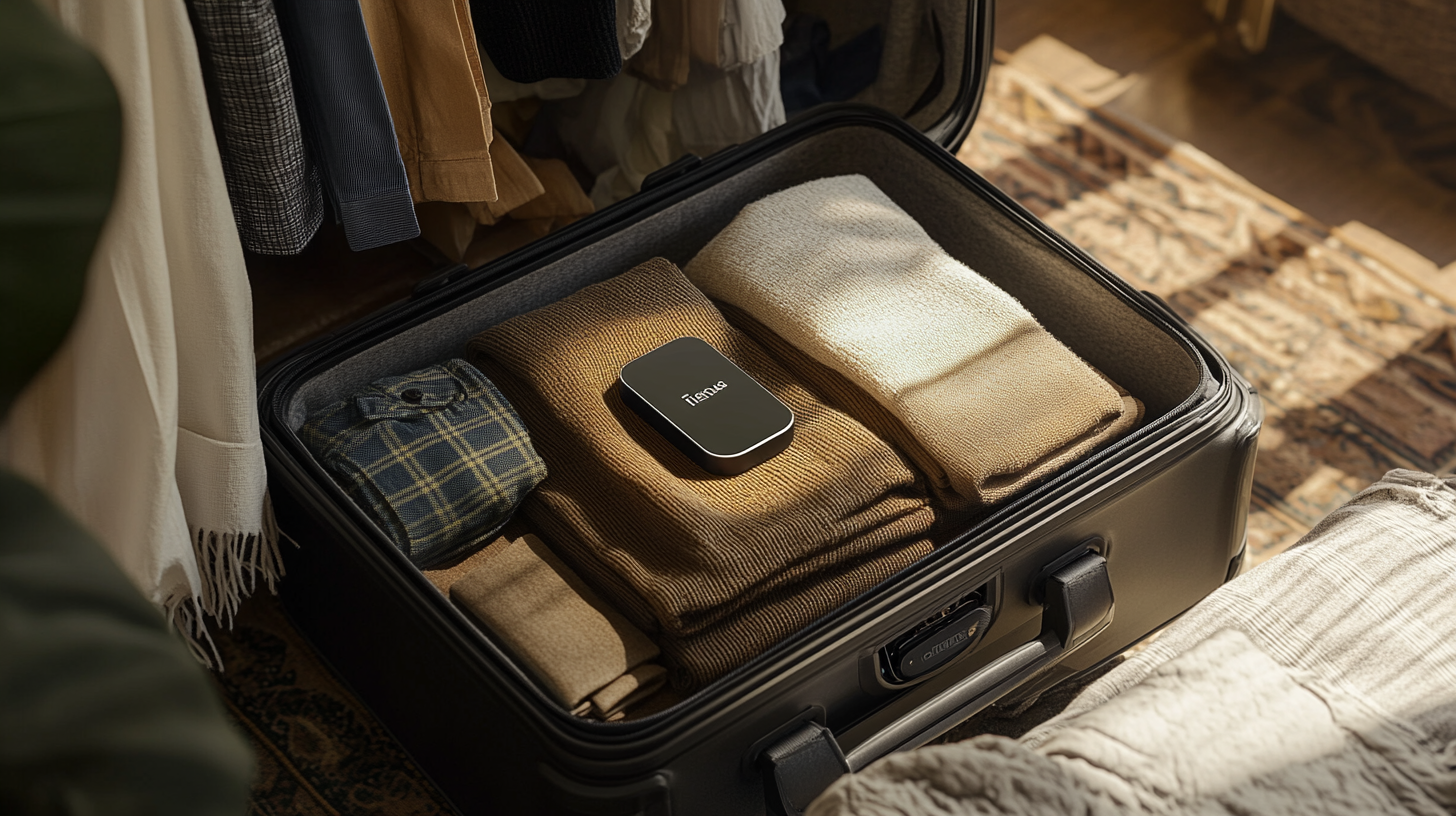
The Tile Slim is designed like a credit card, making it ideal for daily use outside of travel. It fits easily into wallets, passport holders, or luggage tags but may not offer the robust tracking needed for long-distance luggage monitoring. Its slim profile is excellent for discreet placement, and it can help keep track of essential items that are prone to being misplaced. For applications beyond travel, the Tile Slim proves its versatility. Additional insights can be found in Innovative Uses for Tile Slim in Everyday Life .
- Strengths: Slim design, convenient for everyday items, fits in tight spaces.
- Weaknesses: Best suited for non-travel use, limited tracking features compared to bulkier counterparts.
Additional Considerations When Choosing a Luggage Tracker
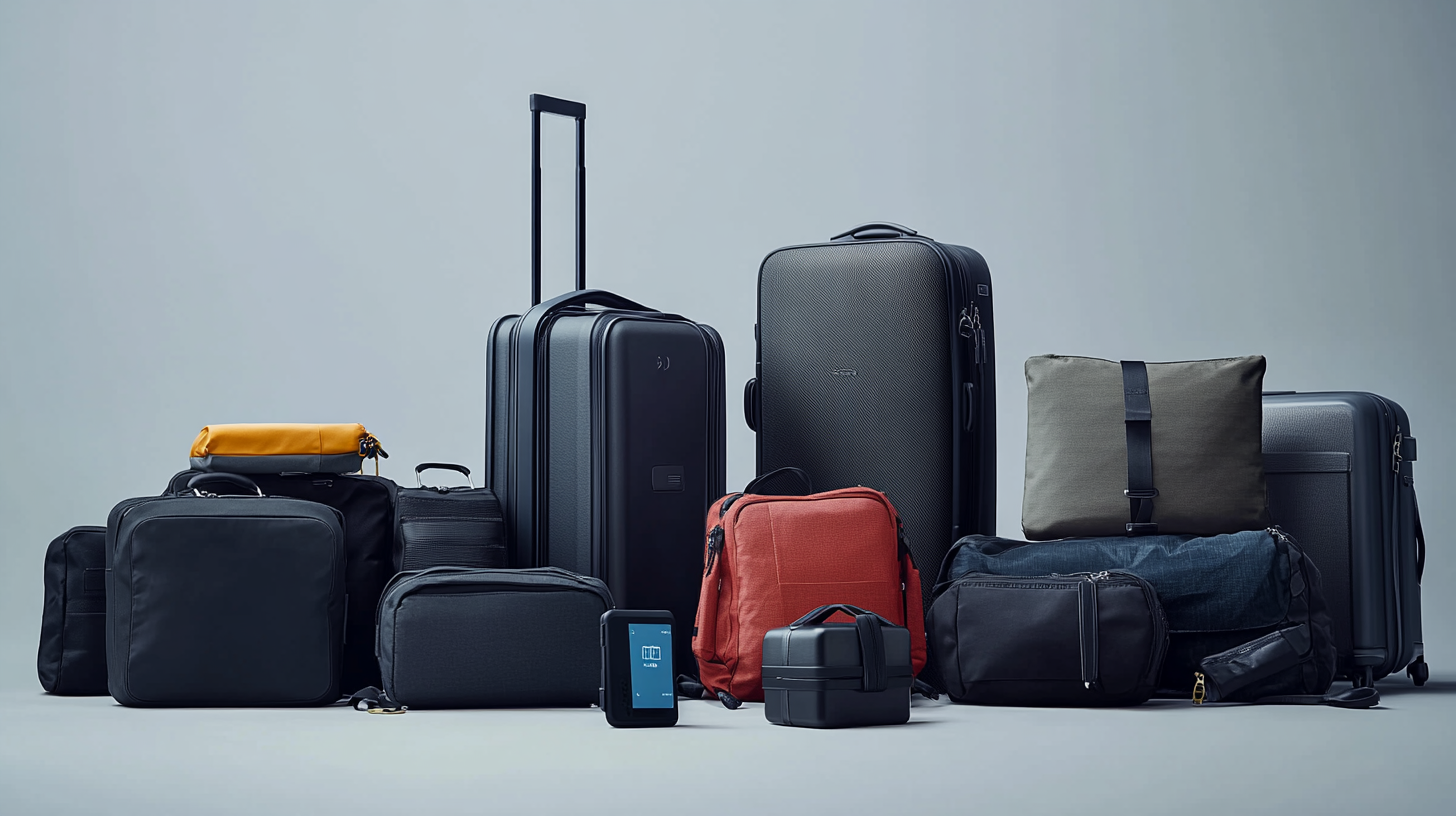
When selecting a luggage tracker, consider the following features to ensure it meets your travel needs. Understanding these aspects will help you make an informed decision and choose a device that provides the most value during your journeys.
Compatibility
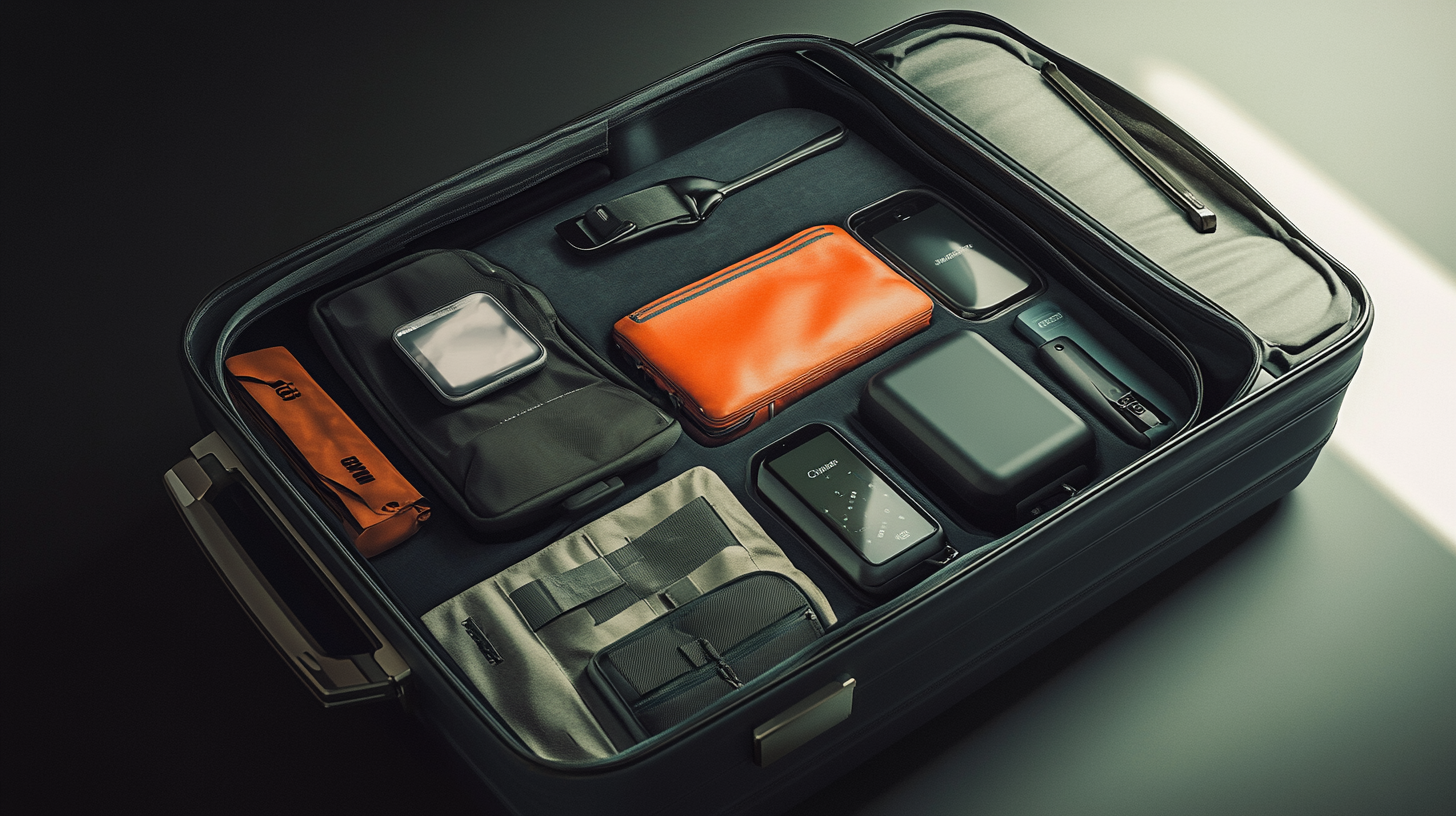
Ensure the tracker is compatible with your smartphone’s operating system. Devices like the Apple AirTag are optimized for iOS, leveraging features unique to Apple’s ecosystem. In contrast, Tile and Chipolo offer cross-platform compatibility, making them accessible to both iOS and Android users. If you use a Samsung Galaxy device, the Samsung SmartTag may integrate seamlessly with your phone. Compatibility affects not only the setup process but also the range of features available to you. For guidance on choosing a tracker compatible with your device, refer to Compatibility Guide for Selecting Luggage Trackers .
Range and Accuracy
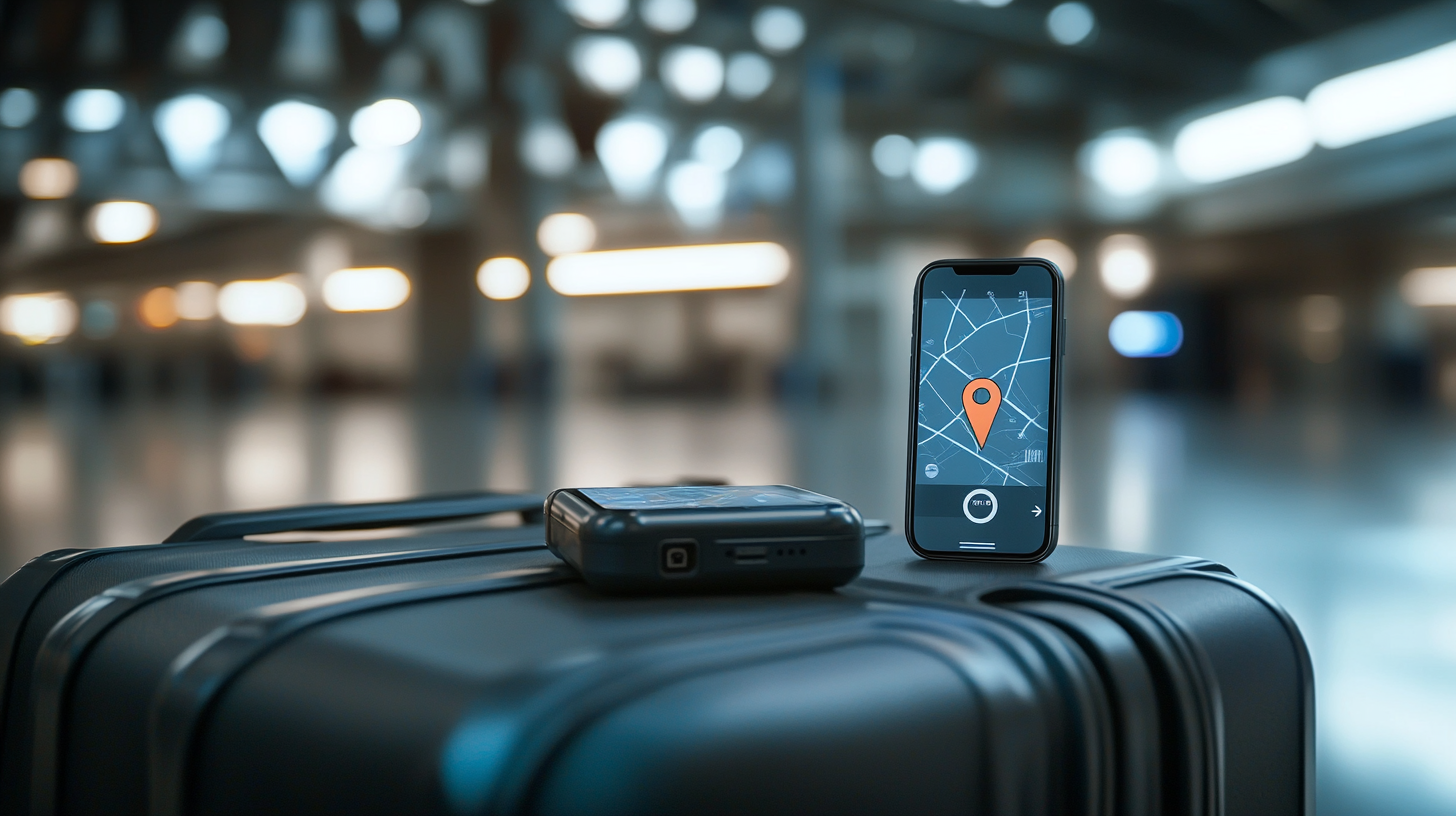
Depending on your travel patterns, you may need a tracker with long-distance capabilities. GPS trackers offer global coverage and can provide real-time updates regardless of proximity to other devices, which is crucial for international travel. Bluetooth trackers depend on proximity and the reach of their network, making them effective in urban areas with high device density but potentially less so in remote locations. Assessing your typical travel destinations can help determine the level of range and accuracy you require. Insights on this topic are discussed in Assessing Luggage Tracker Range for Different Travel Destinations .
Battery Life
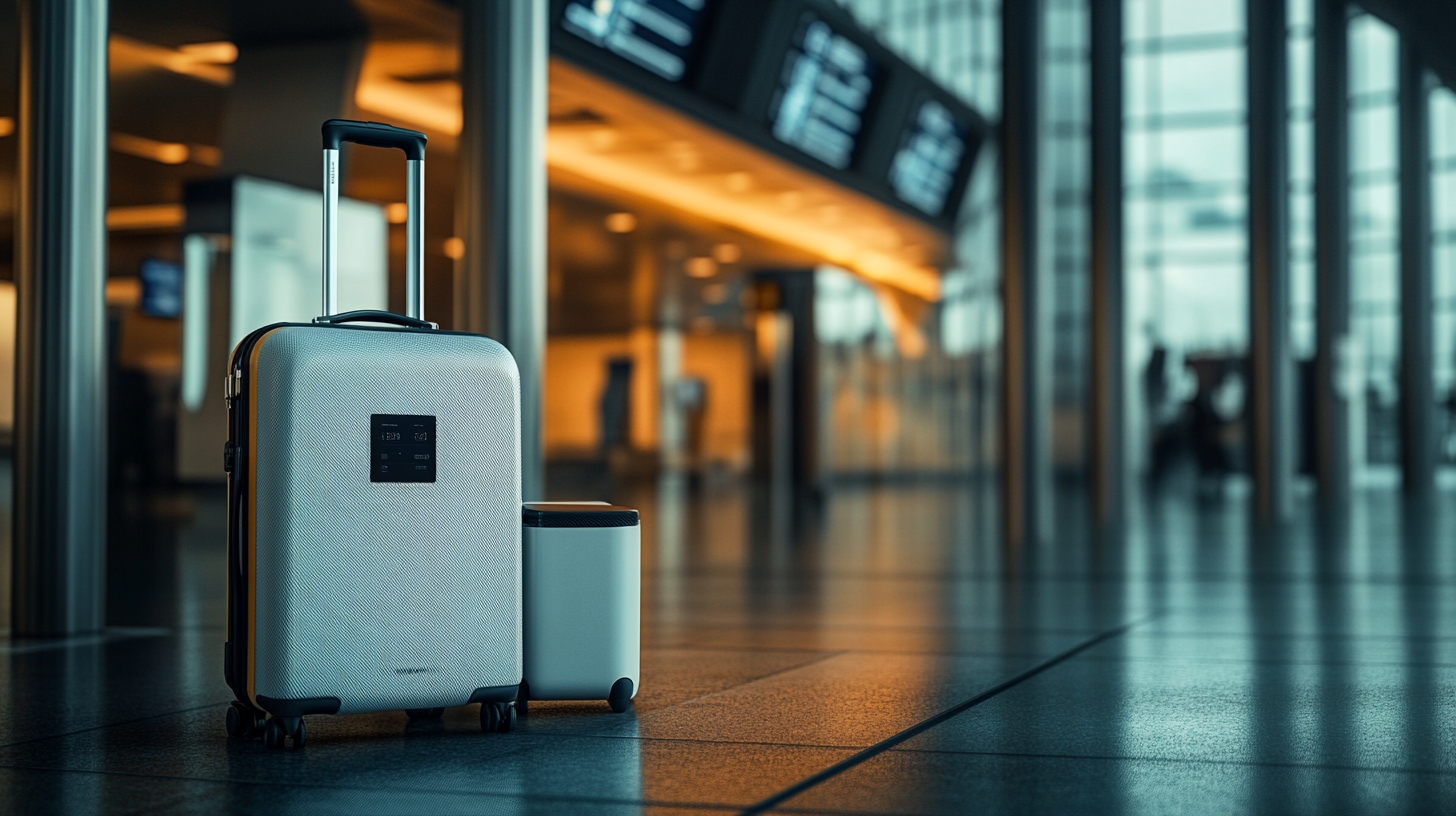
Look for trackers with long-lasting batteries to ensure continuous operation throughout your trip. Some devices offer replaceable batteries, like the Tile Pro, which allows you to swap out the battery when it’s depleted. Others have rechargeable batteries or boast battery life that can last for several months to a year, such as the Apple AirTag. Considering battery life is crucial, especially for longer trips where recharging or replacing batteries may not be convenient. Tips on managing tracker battery life can be found in Extending Battery Life of Your Luggage Tracker .
Ease of Use
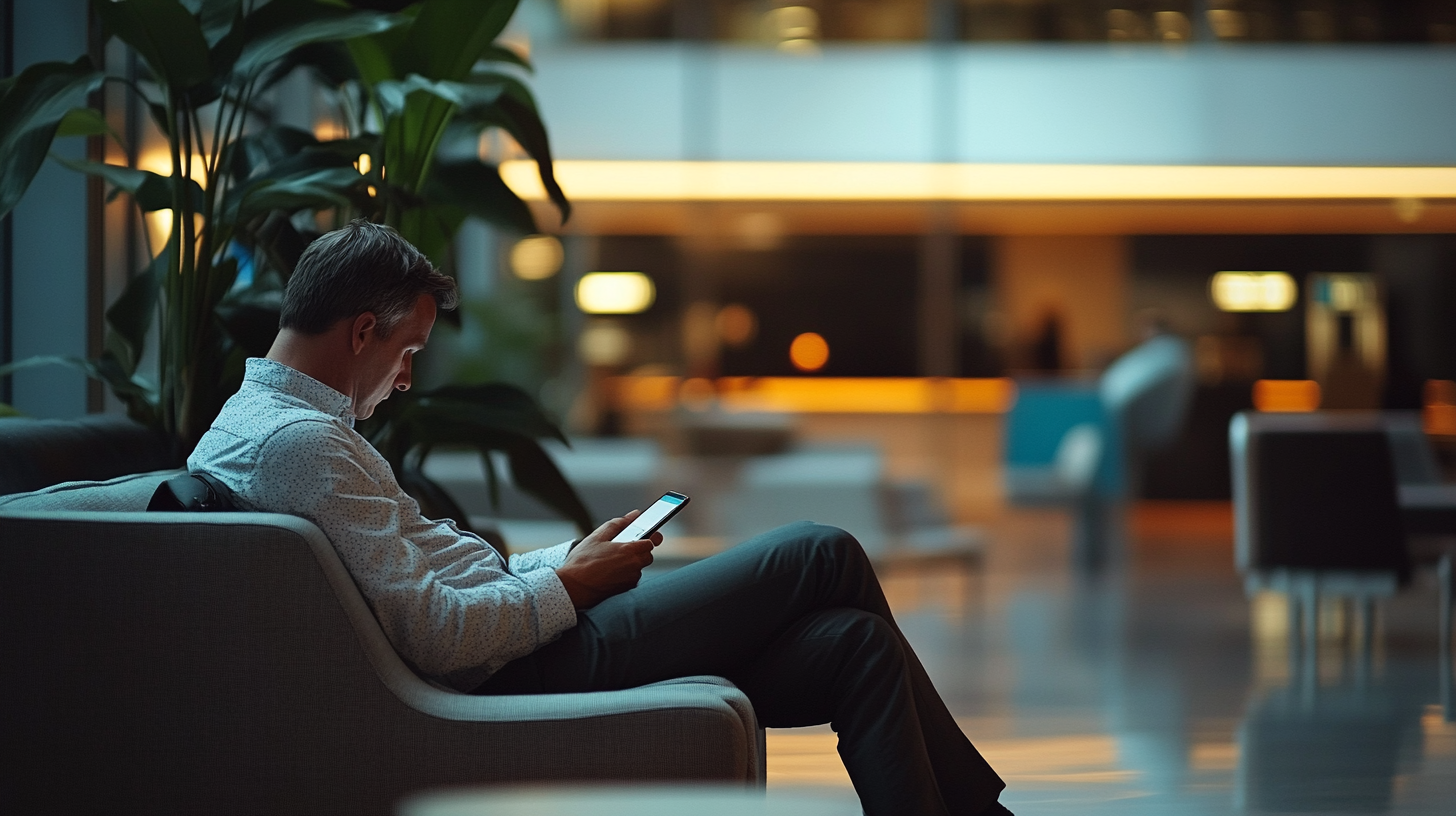
Consider how user-friendly the device and its accompanying app are. A straightforward setup and intuitive interface can enhance your experience, allowing you to focus on your travels rather than troubleshooting technology. Look for trackers that offer easy pairing with your smartphone, clear instructions, and responsive customer support. User reviews and demonstrations can provide insights into the usability of a device. Advice on evaluating ease of use is available in Evaluating User-Friendliness of Luggage Trackers .
Additional Features
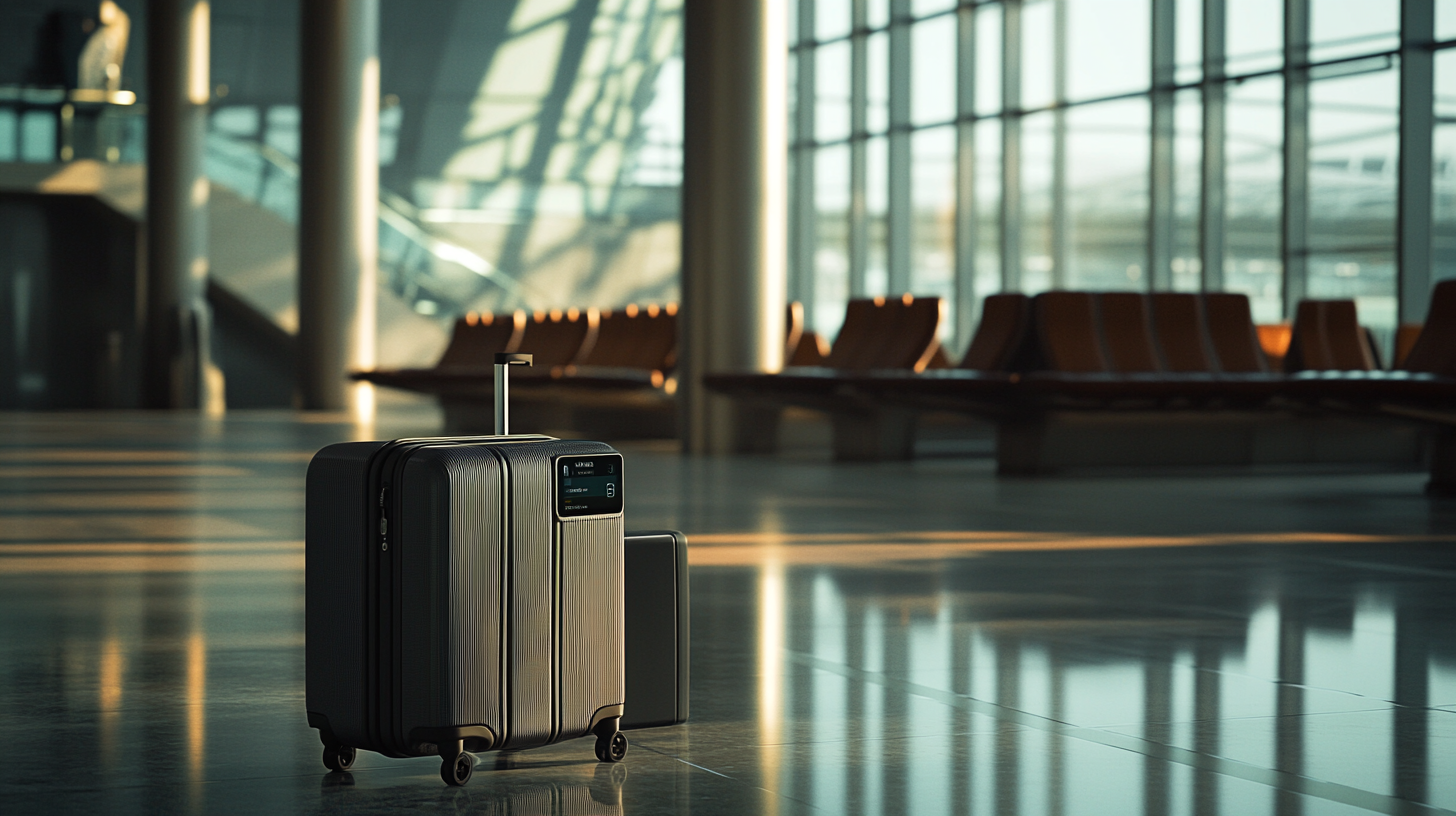
Some trackers offer extra functionalities such as loud ring functions, contact QR codes, motion sensors, or integration with smart home assistants. For instance, the Eufy SmartTrack Link’s QR code feature can facilitate the return of lost items, while the Knog Scout’s motion-sensitive alarm adds a security layer. Assess these features based on your needs and consider whether they justify any additional cost. An overview of beneficial extra features can be found in Extra Features to Look for in Luggage Trackers .
Mitigating Travel Anxiety with Luggage Trackers
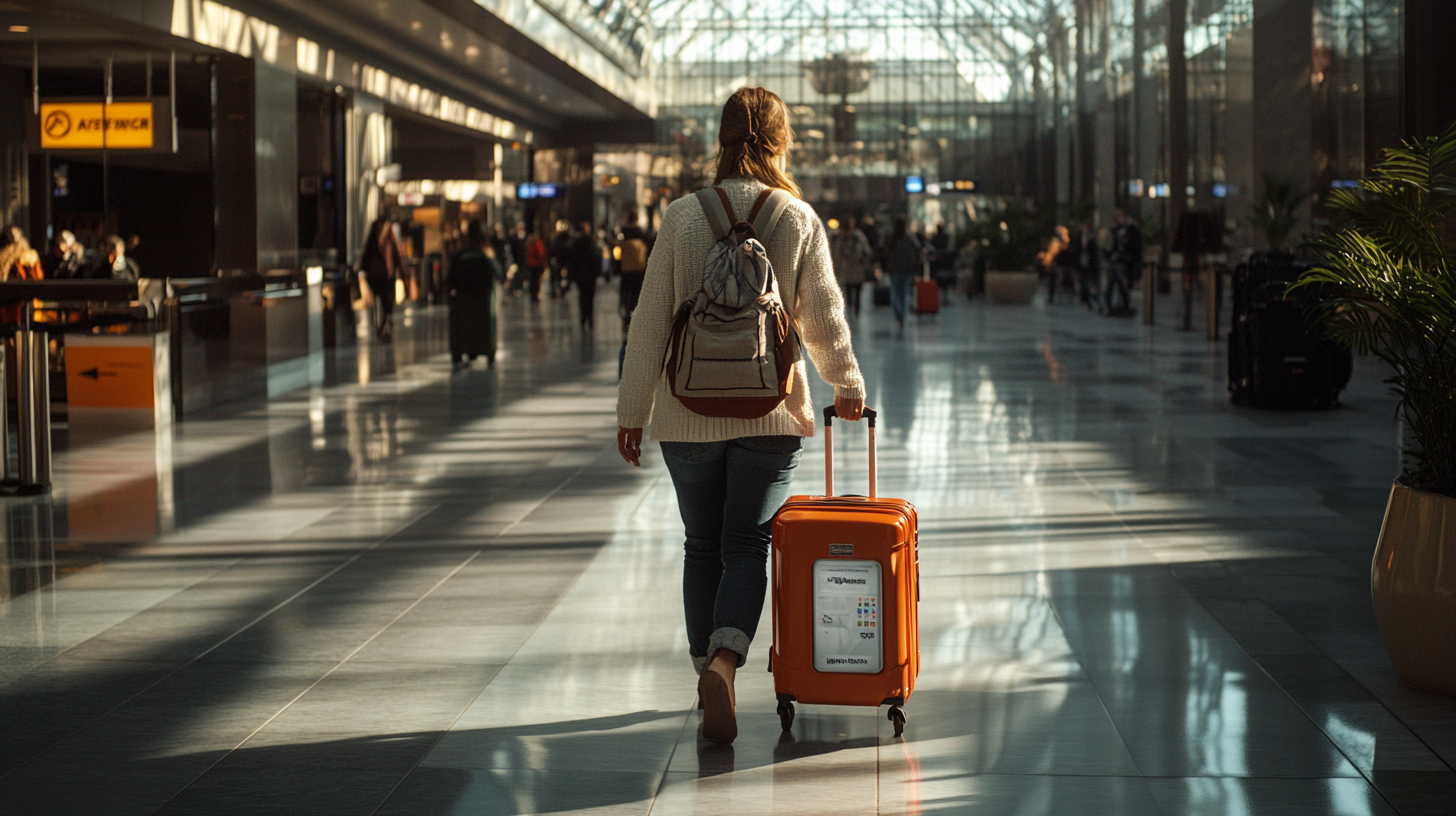
Travel mishaps like lost or mishandled luggage are unfortunately common, but luggage trackers can significantly reduce this stress. By providing real-time updates on your luggage’s location, these devices offer reassurance throughout your journey. For example, during a layover, you can check that your luggage has been loaded onto the connecting flight, giving you peace of mind.
Travel experts recommend using luggage trackers not only for peace of mind but also for practical reasons. In cases where luggage is lost, being able to provide the airline with the exact location of your bag can expedite the recovery process. These trackers fit discreetly into your luggage or attach to your belongings, making them versatile tools for safeguarding your items without drawing attention. For strategies on effectively using luggage trackers to mitigate travel anxiety, see Reducing Travel Stress with Luggage Trackers .
Final Thoughts
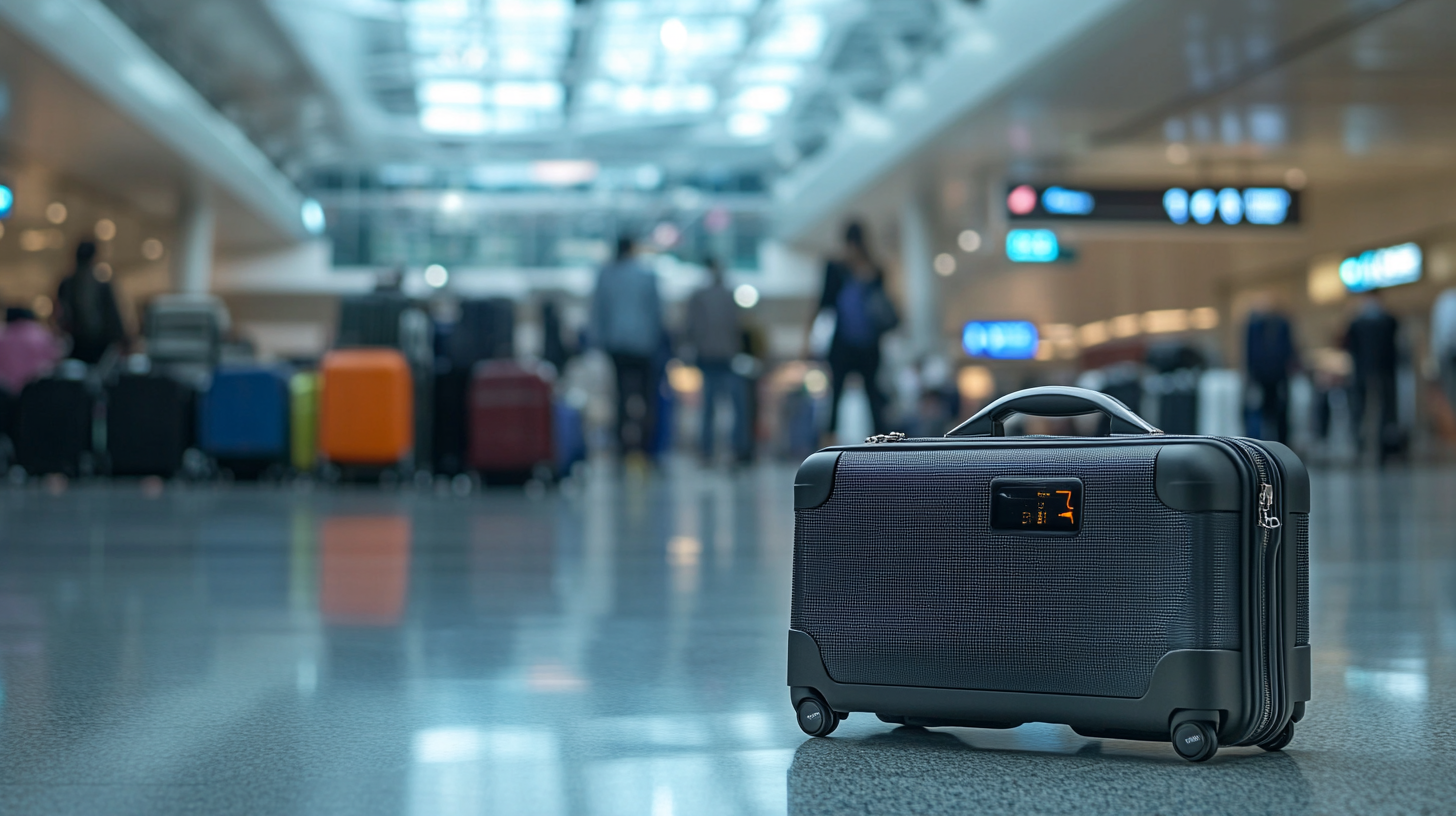
Investing in a reliable luggage tracker is a proactive step that can make a significant difference in your travel experience. By understanding the features and capabilities of each device, you can choose a tracker that best fits your needs and ensures your belongings are always within reach. Whether you prefer the precision of the Apple AirTag, the cross-platform compatibility of the Tile Pro, or the added security features of the Eufy SmartTrack Link, there’s a luggage tracker out there to suit every traveler.
Follow us back to Seat 5A for more travel tips and insights. Equip yourself with one of these devices on your next trip, and enjoy the journey knowing your luggage is being tracked every step of the way. Safe travels!



